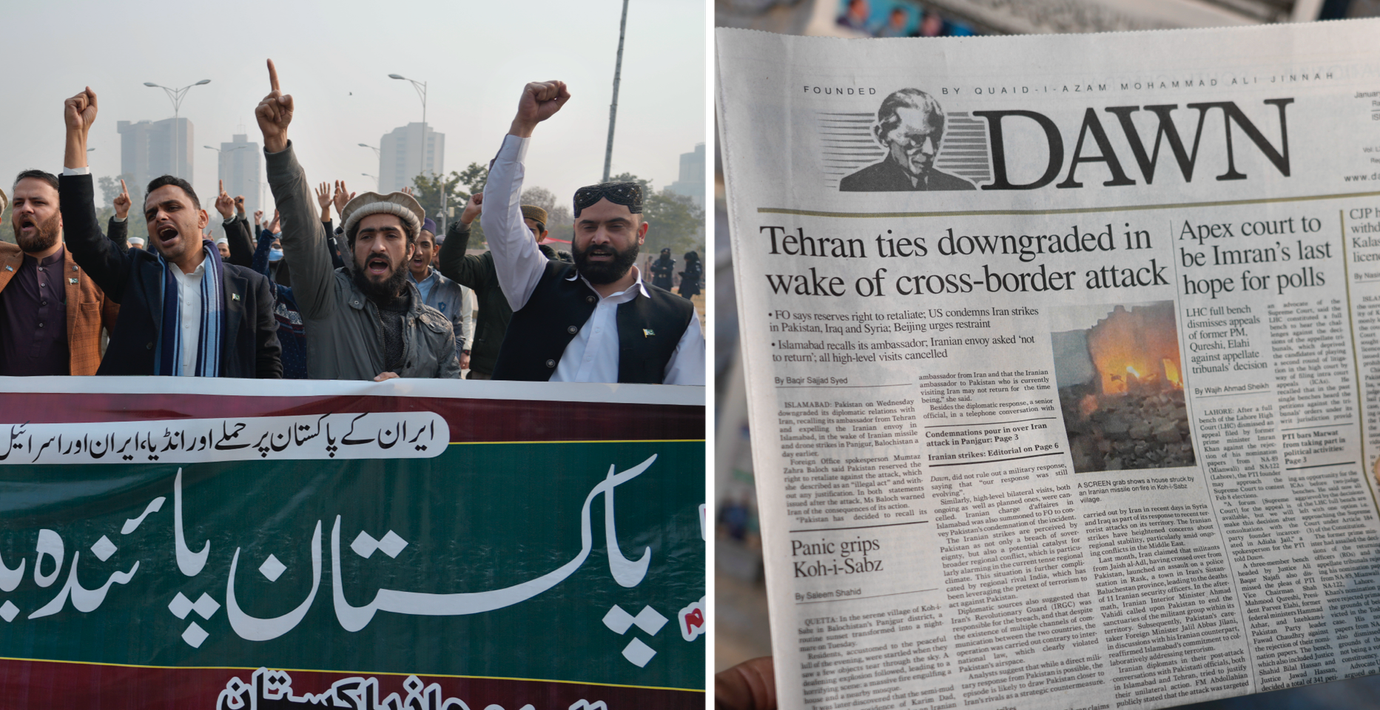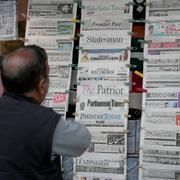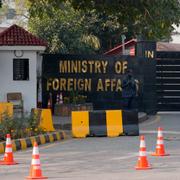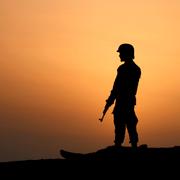Wikipedia (en)
The Insurgency in Balochistan is an insurgency or revolt by Baloch nationalists and Islamist militants against the governments of Pakistan and Iran in the Balochistan region, which covers the Pakistani province of Balochistan, Iranian province of Sistan and Baluchestan Province in southeastern Iran, and the Balochistan region of southern Afghanistan. Rich in natural resources like natural gas, oil, coal, copper, sulphur, fluoride and gold, this is the largest, least populated and least developed province in Pakistan. Armed groups demand greater control of the province's natural resources and political autonomy. Baloch separatists have attacked civilians from other ethnicities throughout the province. In the 2010s, attacks against the Shia community by sectarian groups—though not always directly related to the political struggle—have risen, contributing to tensions in Balochistan. In Pakistan, the ethnic separatist insurgency is low-scale but ongoing mainly in southern Balochistan, as well as sectarian and religiously motivated militancy concentrated mainly in northern and central Balochistan.In Pakistan's Balochistan province, insurgencies by Baloch nationalists have been fought in 1948, 1958–59, 1962–63 and 1973–1977, with an ongoing low-level insurgency beginning in 2003. This insurgency has begun to weaken. In an article titled "The End of Pakistan's Baloch Insurgency?", Baloch analyst Malik Siraj Akbar reported that Baloch militants had begun killing their own commanders. Furthermore, separatists in recent times have also accused their own groups of being involved in wide spread crime, robbery and rapes against Baloch women, with some claiming that what started as an idealistic political fight for their people's rights has turned into gangs extorting, kidnapping and even raping locals. However, Akbar called anger towards provincial Chief Minister Abdul Malik Baloch "growing and often uncontrollable". Baloch militants have taken some reconciliation offers from the government and offered to hand in their weapons. In April 2016, four militant commanders and 144 militants had surrendered under reconciliation. 600 rebels were killed and 1,025 surrendered after accepting reconciliation as of August 2016. In April 2017, another 500 Baloch rebels surrendered to the state, including members of BRA, UBA, and LeB.Baloch separatists argue they are economically marginalised and poor compared to the rest of Pakistan. China has invested $46 billion in the region. The Balochistan Liberation Army, designated as a terrorist organisation by Pakistan, the United Kingdom and the United States, is the most widely known Baloch separatist group. Since 2000 it has conducted numerous deadly attacks on Pakistani military troops, police, journalists, civilians and education institutions. Other separatist groups include Lashkar-e-Balochistan and the Balochistan Liberation United Front (BLUF).By 2005, the insurgency by Baloch separatists had once again resurged in Iran. The fight over the Iranian Baloch region bordering Pakistan has "not gained" as much ground as the conflict in Pakistan. Though since the mass unrest in Iran following the death of Mahsa Amini in 2022, protests and unrest in Iran's Sistan and Baluchistan province have surged, resulting in a bloody crackdown by the Iranian regime on its Baloch population. Human rights activists have accused nationalist militants, Government of Pakistan and Iran of human rights abuses in its suppression of the insurgency.The News International reported in 2012 that a Gallup survey conducted for DFID revealed that the most of the Balochistan province does not support independence from Pakistan, with only 37% of ethnic Baloch and 12% of Pashtuns in Balochistan favoring independence. However, 67% of Balochistan's population favored greater provincial autonomy, including 79% of ethnic Baloch and 53% of Pashtuns in the province.



